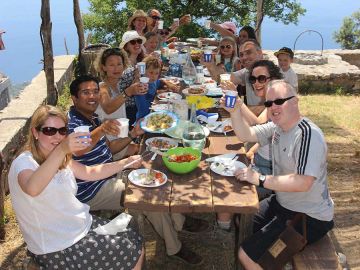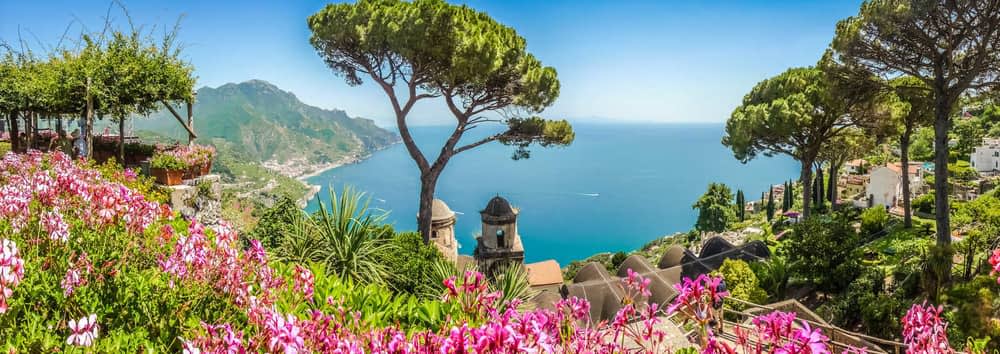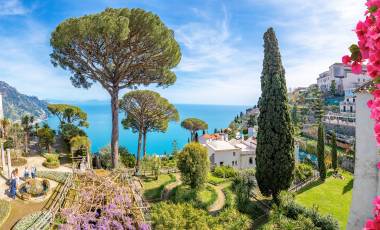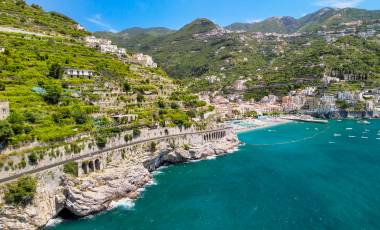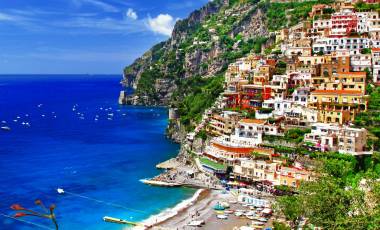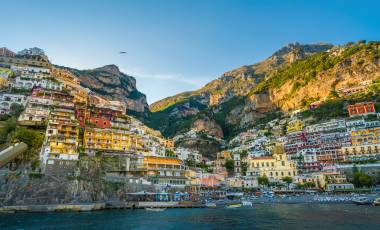From secluded mountain paths and beaches to rural farmhouse lunches, tour guide Eduardo Palermo knows all of Amalfi’s best-kept secrets. Not surprising really, he’s lived here for a lifetime…
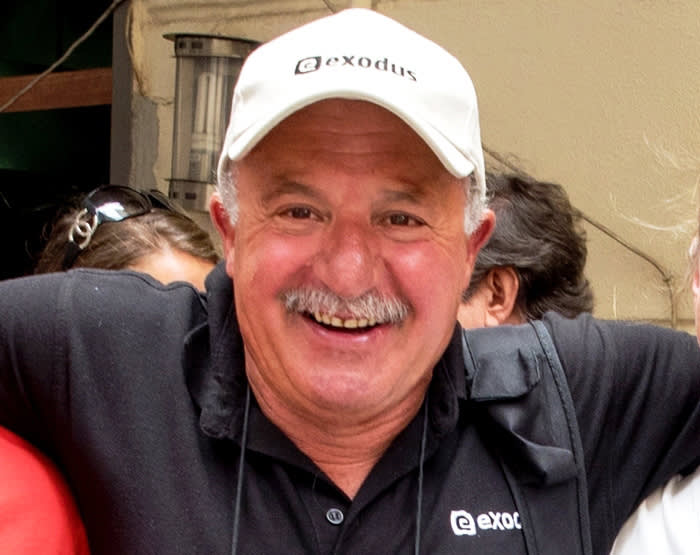 Eduardo Palermo
Eduardo Palermo
Exploring Amalfi
With its shimmering sea, soaring cliffs and sparkling coves, Italy’s Amalfi coastline is enchanting. According to legend, the region is named after Amalfi, a nymph loved by Hercules. When she died, Zeus’s son buried her in the place he considered the most beautiful on Earth.
Eduardo Palermo, 60, would agree. After travelling around the world several times as captain of a ship, he’s returned to his hometown of Bomerano, 700m above the city of Amalfi, where he leads Exodus groups.
And after 14 years, Eduardo’s a bit of a pro. Vast local knowledge means he can point out hidden highlights to guests that they wouldn’t otherwise see.
Along the Walk of the Gods, so named for the Roman Temples that once stood here, steps zigzag up the mountains as the views become increasingly breathtaking.
Old men, who look like they’ve been sitting here for centuries, sell freshly squeezed lemonade along the way. But with Eduardo. you’ll also stop at a rural farmhouse tucked away en route.
Eduardo says “Few people know it’s there, but it belongs to a friend who cooks us a BBQ lunch. Most people say that this is the best bit of the trip.”
There’s so much to see and do here and Eduardo ensures he strikes the perfect balance between time on the beach – that’s where he is when we speak to him, watching his group play on pedalos – and active and cultural pursuits.
He takes guests to see Amalfi’s pastel-hued houses tumbling down the cliff and a magnificent cathedral, as well as to a small factory where they make paper in the traditional way.
Eduardo tells us “Amalfi was very famous in Medieval times when it became rich as the first place in Europe to make paper. And our ceramics are beautiful too.” Families can visit a factory where kids decorate their own tile.
History of Amalfi
Positano was also built into cliffs around a sparkling bay and the boat ride between Positano and Amalfi is a favourite, while further along the coast is Mount Vesuvius and the beguiling ghost town of Pompeii. When the volcano erupted in 79AD, it buried the city and most of its population – casts show victims frozen in the moment before their death.
Says Eduardo, “Children learn about Roman history in school, so this is the chance to see it for real – they get an insight into the past on a big scale.”
Find out more: Amalfi Coast: Pompeii & Pizza
Discover more Amalfi gems on our selection of tours below.
